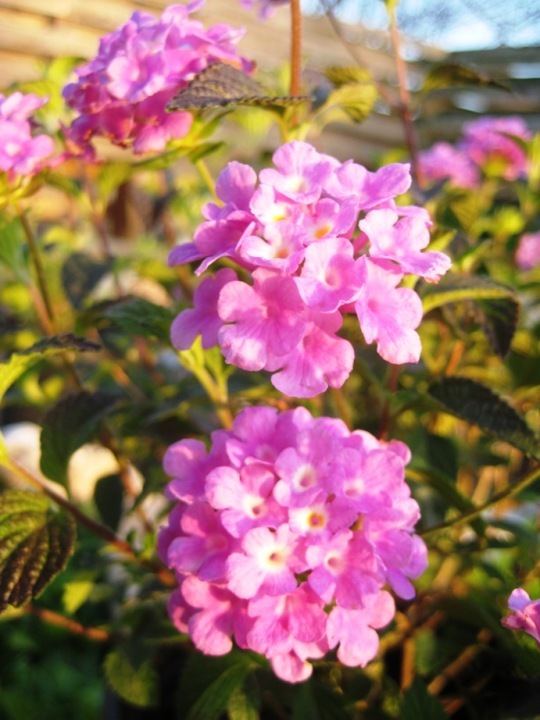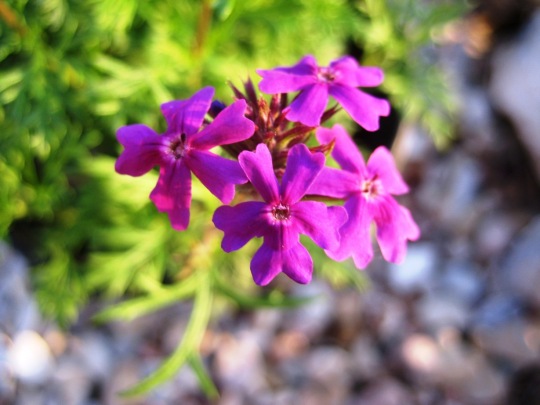Out of the Old Comes the New
It is hard to believe that it has been four months since my last post. Life has been really busy. The holidays, the loss of my grandfather, getting ready for the baby who’s scheduled to arrive at the end of May … so many things and very little time for gardening. Good thing there’s not much to do over the winter in the garden!
The past two weekends I have spent a considerable amount of time in the yard straightening up after the winter, getting things ready for spring planting and installing a new garden bed. We had such a dry fall and winter that the yard really was in poor shape. I lost a crop of broccoli as well as lettuce due to the hard freezes. I should have covered them and mulched better, but I really thought they’d do alright. Unfortunately, I was wrong. Luckily, the spinach fared alright through it all as did the carrots and we enjoyed the harvests. The spinach is finishing up now – literally going to seed as I write this.
This spring, I have Celebrity and Early Girl tomatoes in the ground, along with bell peppers, habaneros, cucumbers and zucchini. My wife also wanted to try watermelon and cantaloupe, a first for us, but we’re going to give them a go. Looking back at the garden’s performance last year, I made the decision to put together another garden box – this time on the north side of the house where it will be in full sun all day long. The other boxes just didn’t allow for enough exposure to the sun because of how the shade falls in the afternoon. They only received – at most – six hours of direct sun, but most vegetables need at least eight hours to be really productive. The new garden box measures eight feet by four feet and is a lower profile (half the height of the others). This may prove to be small for the watermelon and cantaloupe, but time will tell!
The dry fall and winter also made for a very disappointing wildflower bed. As the year before, I sowed the seeds in October, but they just never came up. I made sure to keep the ground moist, but stopped after about thirty days when it was apparent that they weren’t going to germinate. Instead of letting it sit there completely bare and taunting me with weeds, I worked it over and bought some transplants as additions to the butterfly garden. Those include: two Texas Lantana, two Trailing Lantana, two Fern Leaf Lavender, two Mexican Mint Marigold (tarragon), two scarlet verbena, two Mexican Heather (cuphea), and two Euryops. I also sowed Maximillian Sunflower seeds in the northeast corner of the yard (down at the very end of the photo immediately below).

Spontaneous primrose almost ready to flower (reseeded all over the yard from last year's wildflower bed)
Despite the dry spring thus far (I think our last significant rain was back in September), the perennial flowering plants are coming back to life. Out of the old, comes the new – as they say. Already, I have about ten milkweed plants coming back to life. There are still about twenty that haven’t come back yet. I’ll give them more time and hopefully they will. In the meantime, I’ve sown another twenty seeds as replacements if they don’t come back. If they do, well – the more the merrier (at least for the Queen and Monarch butterflies!).
It seems I’ve lost one of the Texas Lantana. It has yet to sprout any new growth, but the other plant just a few feet away is already rebounded.
The Black-Eyed Susans have come back up, and it seems they’ve also reseeded around the original plants. I left enough room for them to fill in!
One of the purple prairie verbena is starting to make its way back, but the other is still lifeless. They bloomed all the way from March through winter until we received snow. I sure hope they do so again this year – the butterflies loved them. In preparation, I pruned them back several weeks ago. I’ll give them a couple more weeks to see if they made it through the freeze.
The fall aster has also spread its growth outwards, creating a larger diameter of new growth. It is such a pretty plant once it begins flowering, so I’m already anxious to see how big it will grow over the summer and how spectacular it’s fall show will be.
The Four Nerve Daisies are a wonderful part of the garden. The foliage is evergreen, unlike most of the plants in the garden. It was lonely in its little corner of the bed while everything else retreated for the winter, but it continued sending up yellow flowers through the fall and early winter. Now that spring has arrived, it has grown considerably and has a multitude of new flower stalks ready to open up!
The rosemary bushes are also evergreen and unscathed from the winter months. Here you see both plants, the prostrate rosemary and the Tuscan Blue. The prostrate put on a show of blue flowers late in the fall. I prefer the flavor of the Tuscan Blue, though both are highly aromatic. I love to run my hands through them and take a deep breath! MMmmmm!
Another evergreen plant is the Double Knockout rose bush. It is covered with new buds and soon will be adding some great red hues to the garden. I can’t wait!
Both Copper Canyon Daisy plants are sending up new growth, too. In the fall they were absolutely covered with yellow blooms.
I was worried about the Zexmenia, but it has surprised me. Just in the past few days alone, it has sent up a lot of green leaves…
Salvia greggii was also green throughout the winter, and with the onset of warmer weather, has really bushed out (these were taken after I pruned it back a bit). I have two different colors: white (foreground) and red (behind).
One of my favorite plants in the garden is the Indigo Spires salvia. It died back completely to the ground over the winter, but it is going strong now that spring has arrived. It grew to over four feet tall by four feet wide last year, covered in eight inch long spires of purple flowers that were a favorite of bumble bees and honey bees.
The Autumn Joy sedum was a late addition last fall, but it turned out to be beautiful with pink flowers that darkened to red. It died back to the ground over winter, but you couldn’t tell it by looking at it today. Also, Turk’s Cap has just started popping up over the past few days.
Whirling Butterfly Gaura bushes also died back completely during the winter. Judging from the growth they’ve put on the past couple of weeks, they could easily be twice the size that they were last year. These were also a hit with the honey bees last year and added a whimsical feel to the southern side of the garden as the flower stalks twirled and whirled around in the breeze.
The Spanish lavender is looking a little lean, but it is still managing to form flower buds. These were very popular with the honey bees, too. After it flowers, I will prune it back by a third and hope that it bushes out again.
Since I use so much thyme in cooking, I have a total of four plants now. This one is easily a foot in diameter and is starting to flower. My favorite chicken marinade uses a couple teaspoons of fresh thyme leaves, a tablespoon each of fresh rosemary and oregano leaves, 1/2 cup of olive oil, a teaspoon of sea salt and the juice of two lemons. GREAT on the grill!
And, FINALLY, the herb garden. In the pots, I have peppermint from two years ago. Due to neglect, it mostly died (yes, you CAN kill mint!), but it’s coming back again. In the bed below are chives (which should be flowering soon)(6 plants), oregano (3), thyme (2), and Italian parsley (3). Two of the parsley plants almost succumbed to the freeze, but, with a little pruning and care, they have put on more leaves and soon will be huge bushes that will threaten to crowd out the other plants. I plan to add a couple of basil plants as well to the garden, which I’ll probably pick up tomorrow. They will have to go elsewhere in the garden as they won’t fit in here. Also, in the bed behind the lantana, I have two fennel plants, two Italian parsley plants, and three dill plants (all of which are host plants for swallowtail butterflies – Yes, I love those big black beauties and will be raising a few more broods this year!). They will all go to flower and be a good nectar source for all of those beneficial insects that are welcome guests in the garden.
Oh, I almost forgot. I put a new bed in the front yard, outside our bedroom window. I have two Desperado sage bushes in there (planted last fall) and have just recently placed about fifteen blue lobelia plants and about twenty red pillar salvias. They are remarkably colorful (like most salvias) and should attract butterflies, bees and hummingbirds. Take a look at this striking, scarlet beauty!

















































































